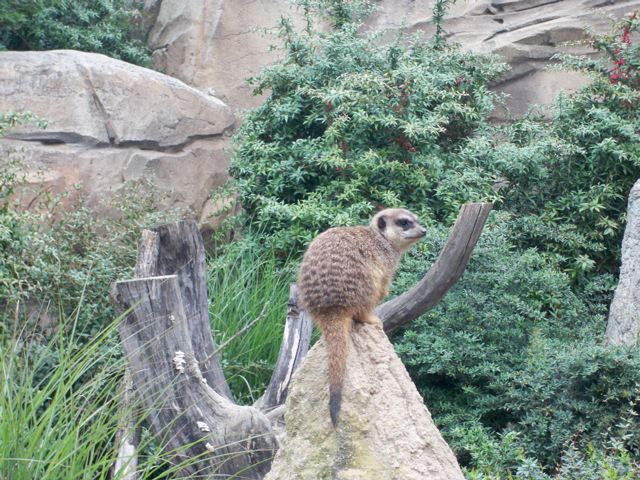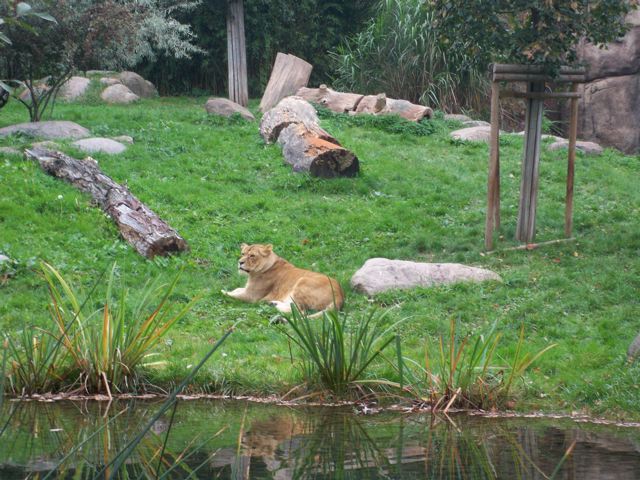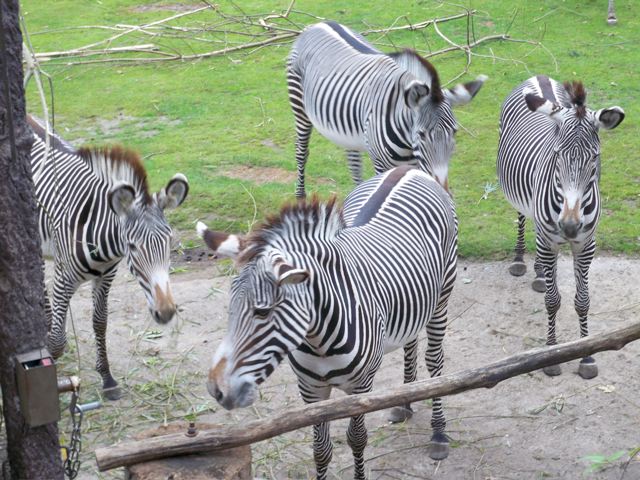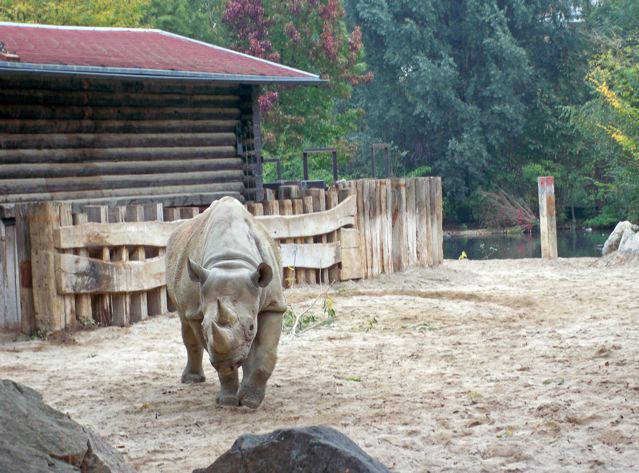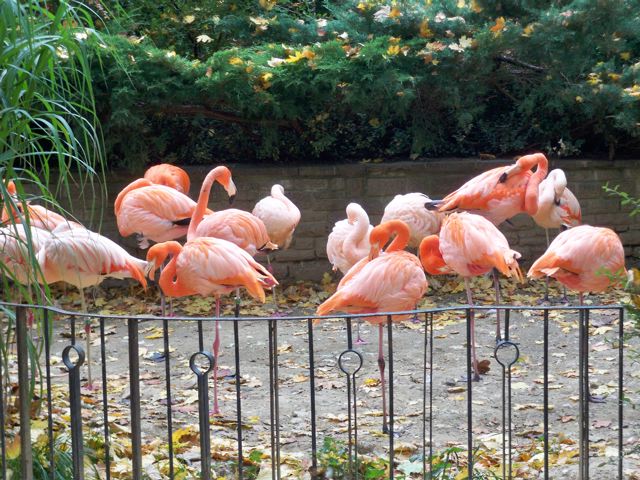
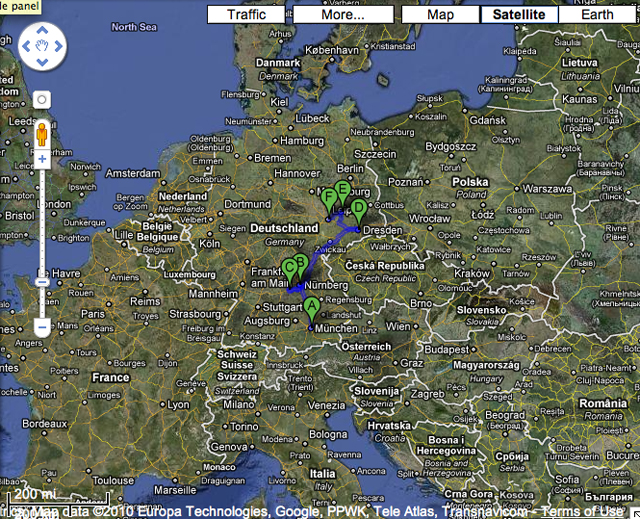
October 4, 2010 I landed in Munich on my quest to look for the past in Saxony, previously known as East Germany. I traced the footsteps of Martin Luther in five hundred year old churches and other locations in Leipzig and Torgau. I also saw traces of Hitler and ghosts of the showers of British and American bombs; the fall of Hitler, fall of the Soviet Union and the Berlin Wall. Saxony is reborn as a vital historic district that welcomes you to come and learn, witness, and enjoy German hospitality. To learn more about tourism in Saxony, click here. I also visited Munich, Nuremberg, and Ansbach to retrace my father's steps as a photographer for his Army base at the end of World War II.
Skip to: a) Munich, b) Nuremberg, c) Ansbach, d) Dresden, e) Torgau, f) Leipzig.

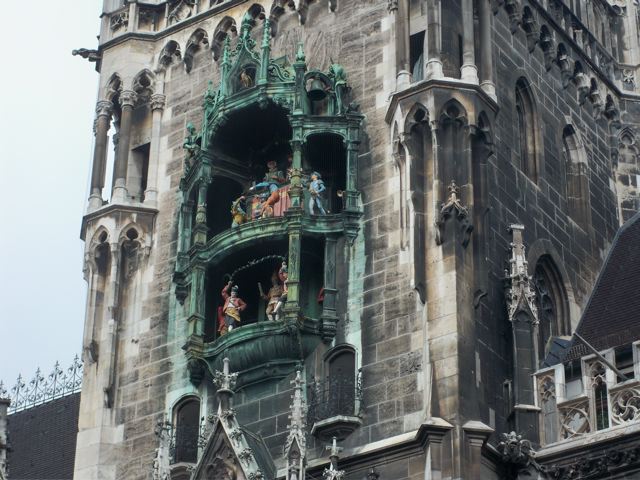
Munich has a great public transportation system. I met a friend who took me all over the city by train, tram, subway, and bus. The glockenspiel and carillon above still work and the figures come out and dance every day at noon.
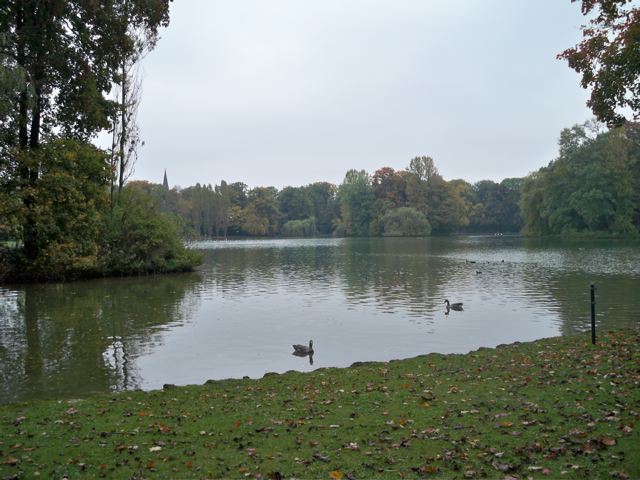
We ended our day at the Englischer Garten. The park includes Kleinhesseloher Lake, a two hundred year old manmade lake.

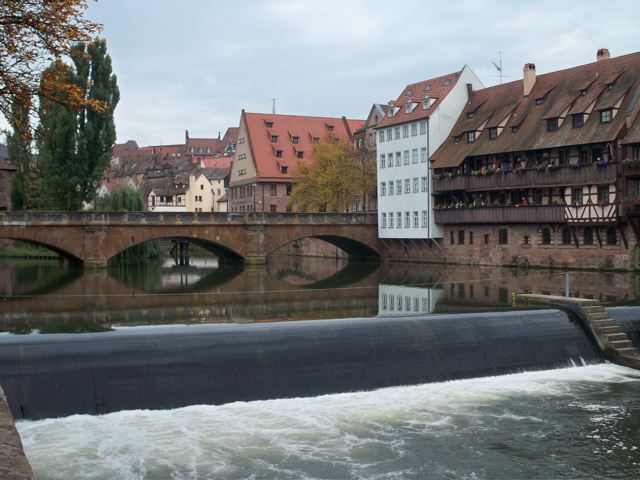
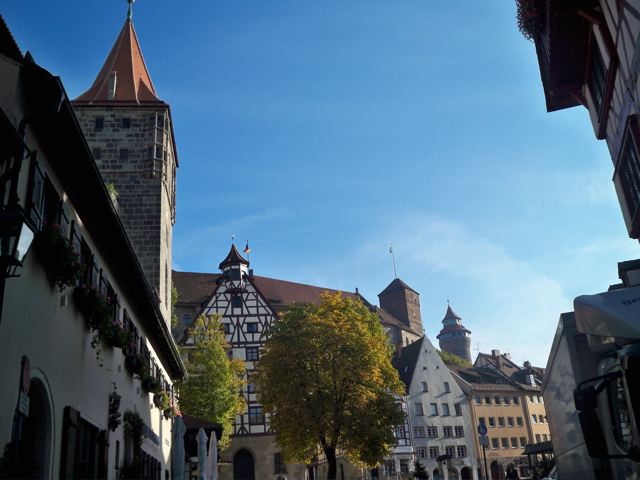
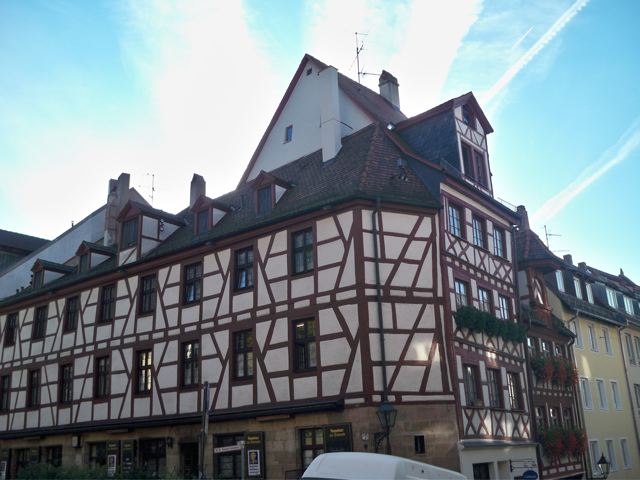
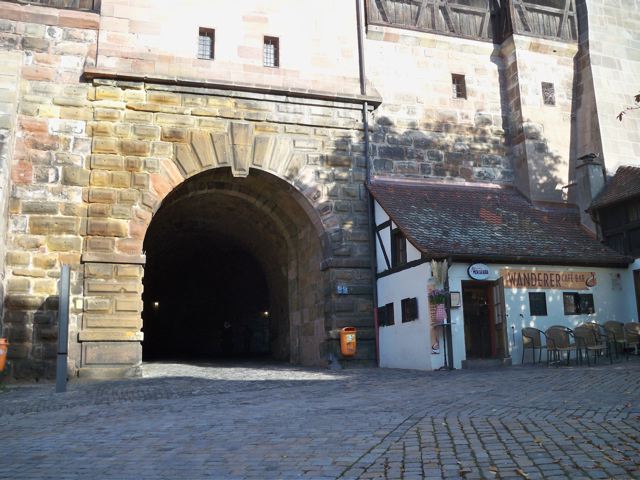
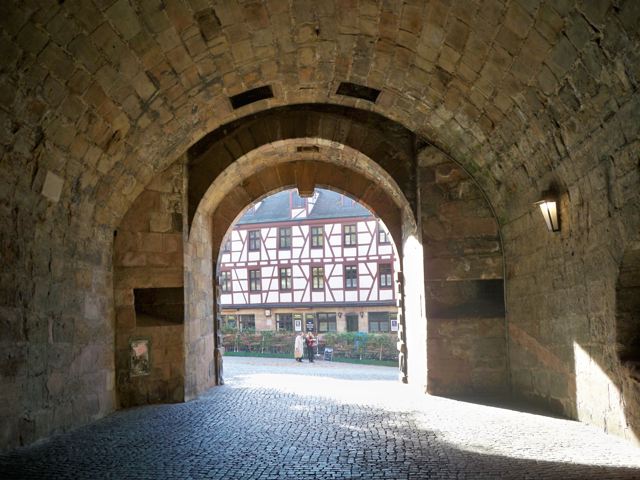
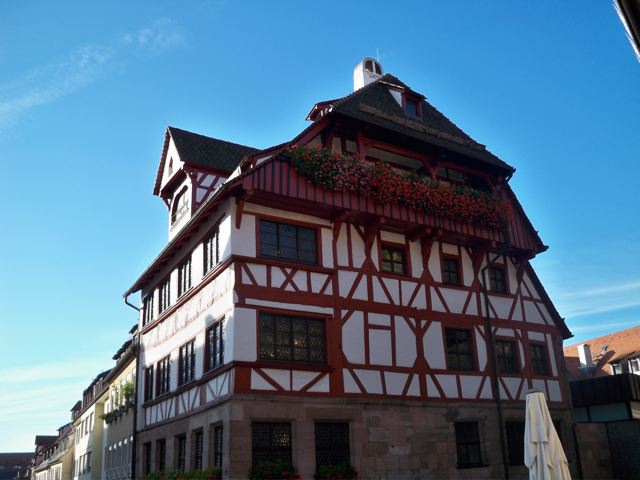
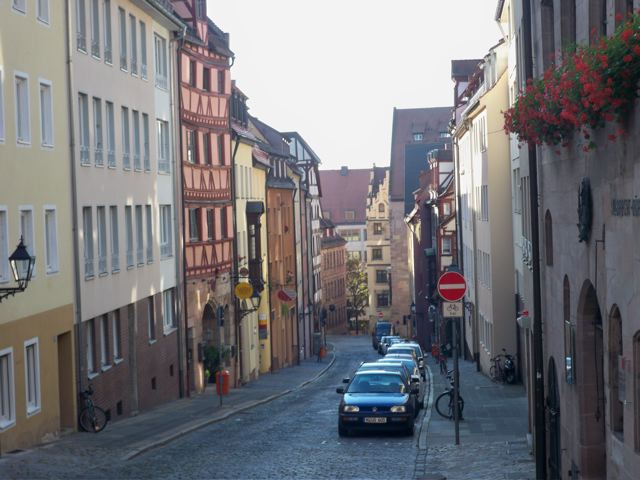
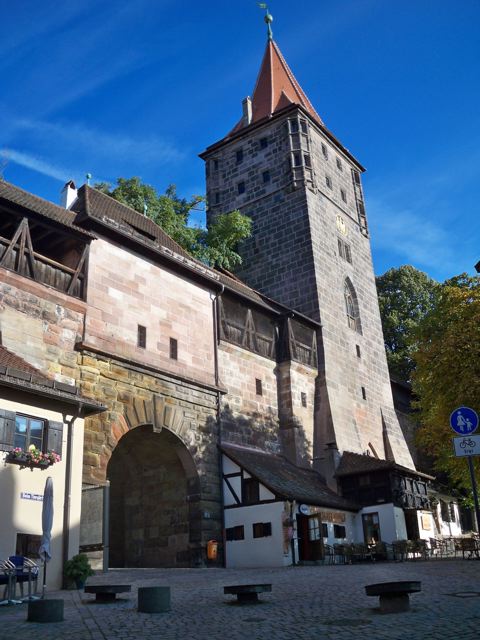
These photos show the old city of Nuremberg, which has a river running through its center. The city was a castle with most of the walls still intact.
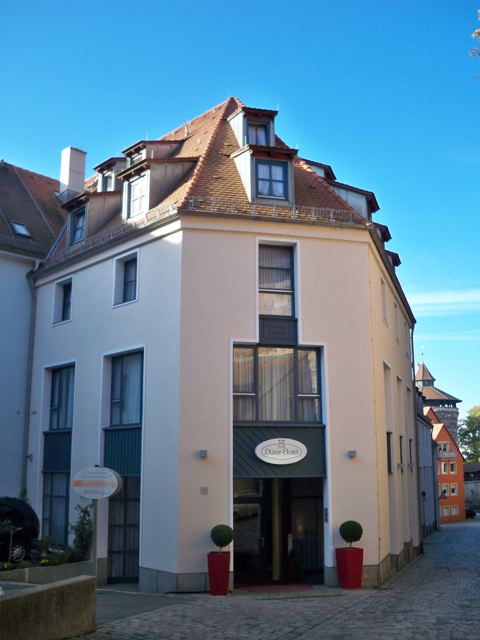
The Dürer-Hotel is a museum hotel adjacent to the castle and Albrecht Dürer House. Dürer was a Renaissance painter and engraver (1471-1528), and the house dates back to approximately 1420. It has been a museum dedicated to Dürer's life and work since 1871.
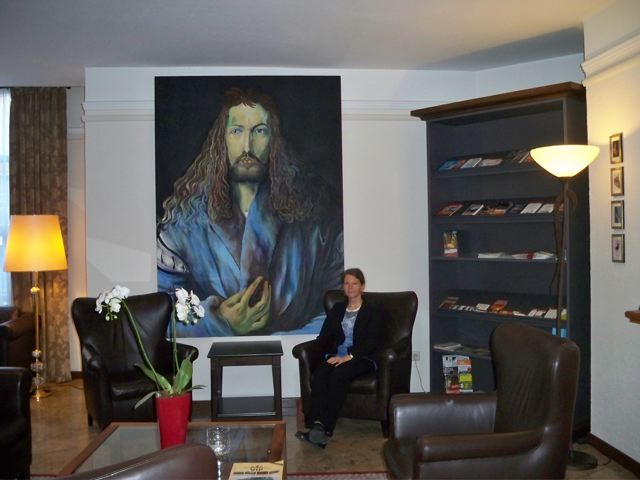
Inside the Albrecht Dürer Museum Hotel.
Palace of Justice, Nuremberg Trials, next:
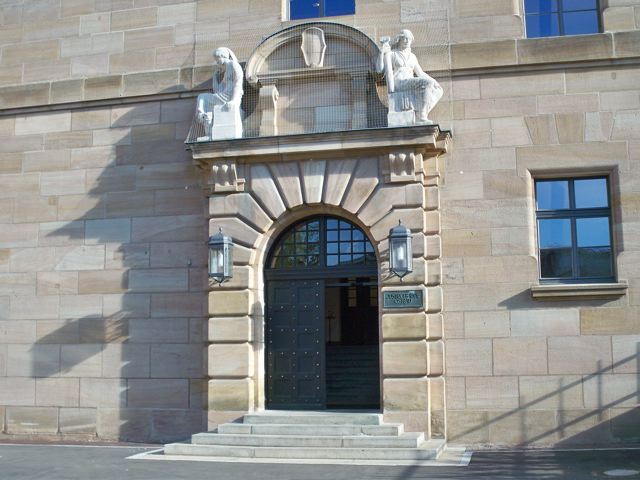
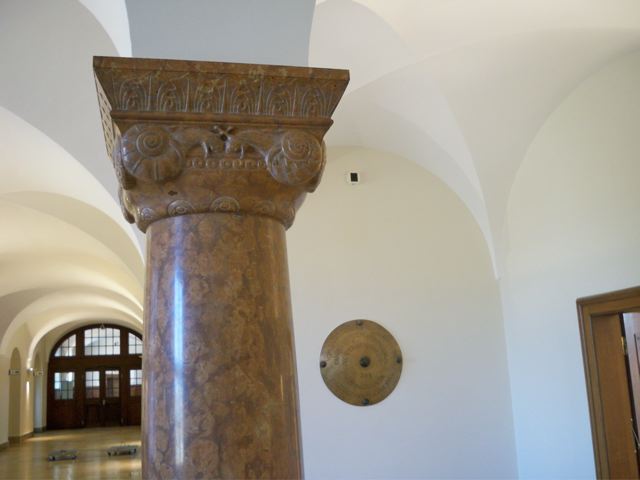
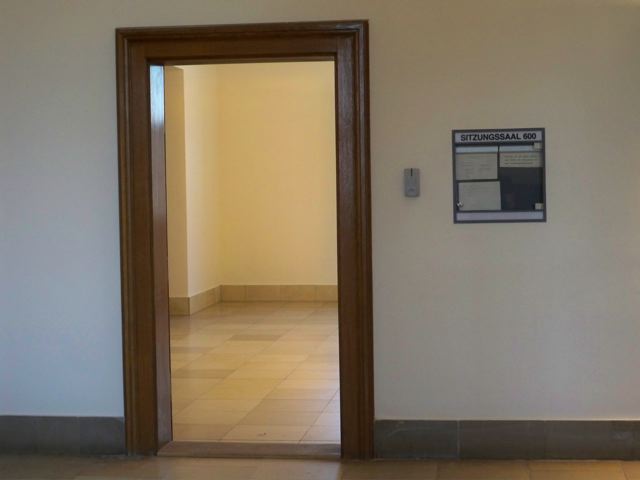
Room 600 in the Palace of Justice, where the Nuremberg Trials took place, is open to the public unless a trial is in session. The day I visited, court was in session. Later this year, they will open a visitor's center. My father was in the Army in Germany in 1945 and 1946, and took photos of the Trials for the Army. See photos, click here.

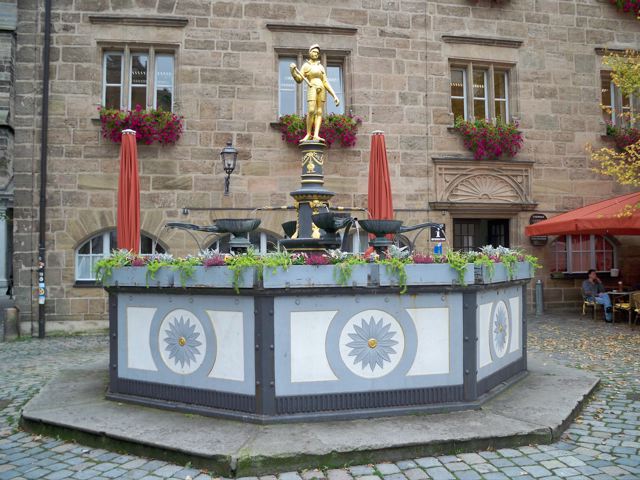
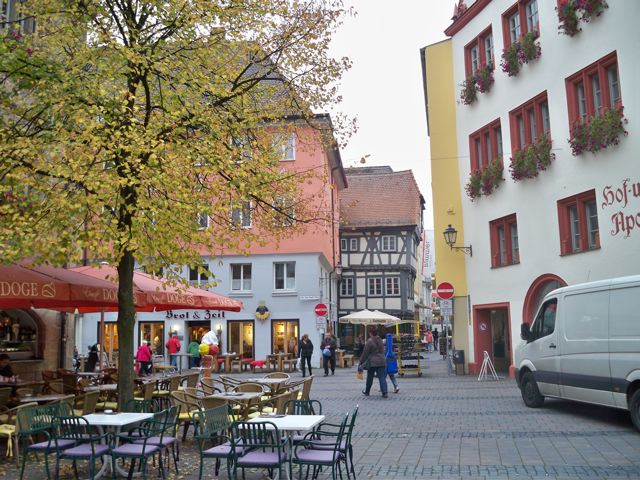
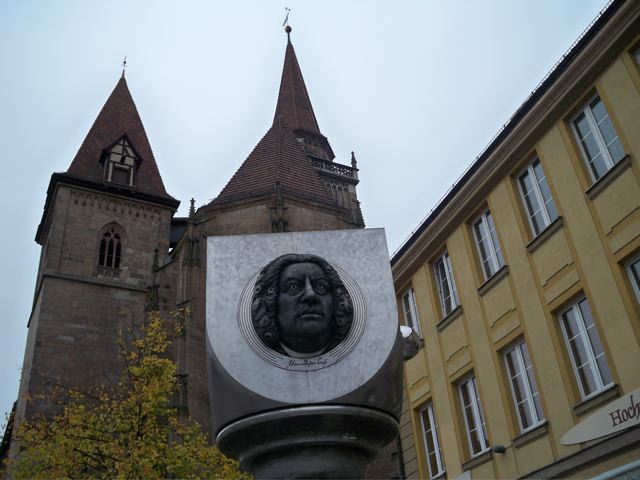
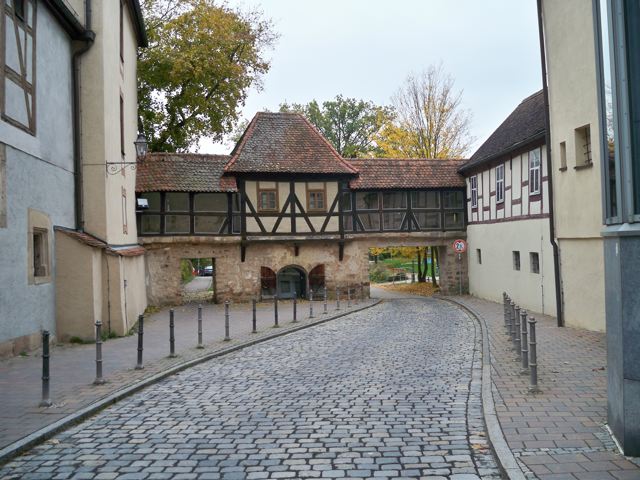
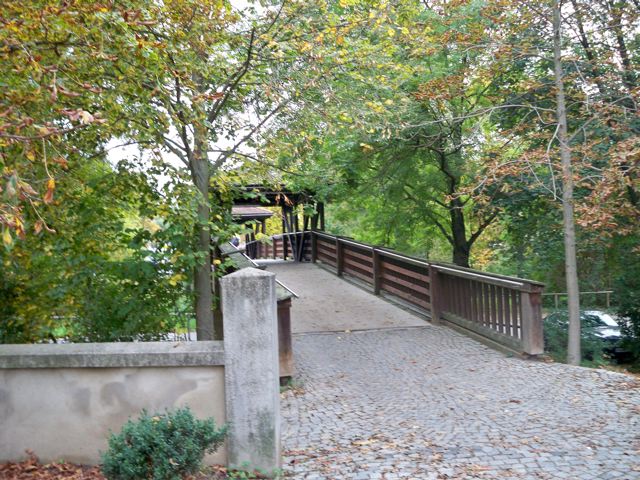
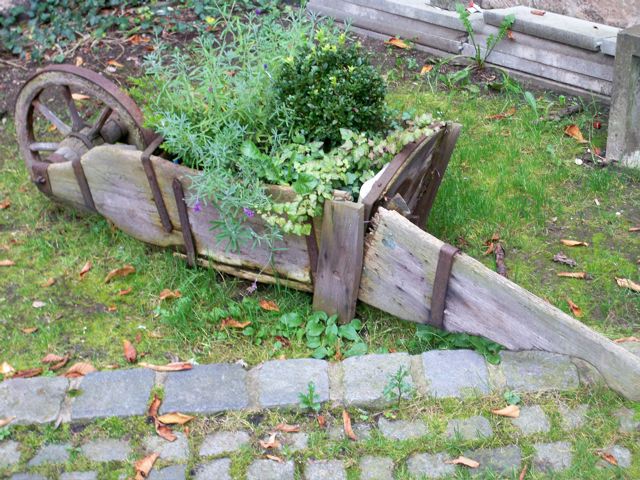
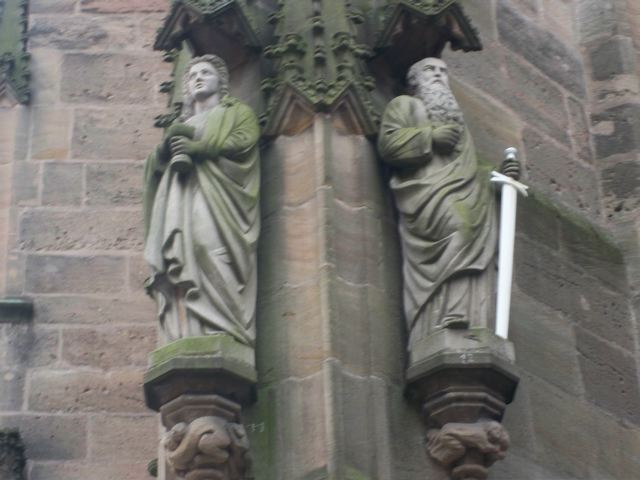
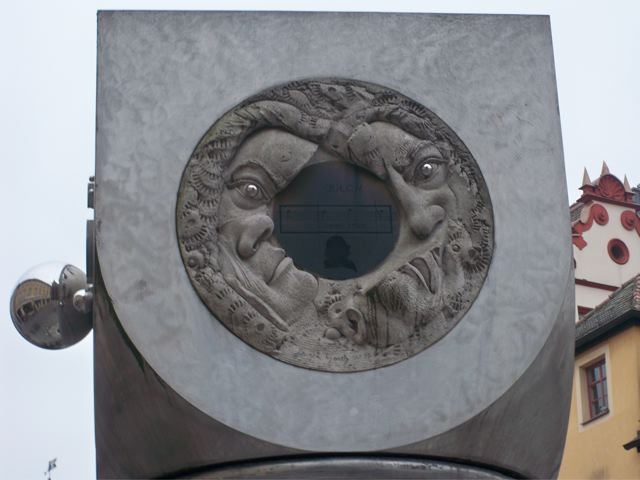
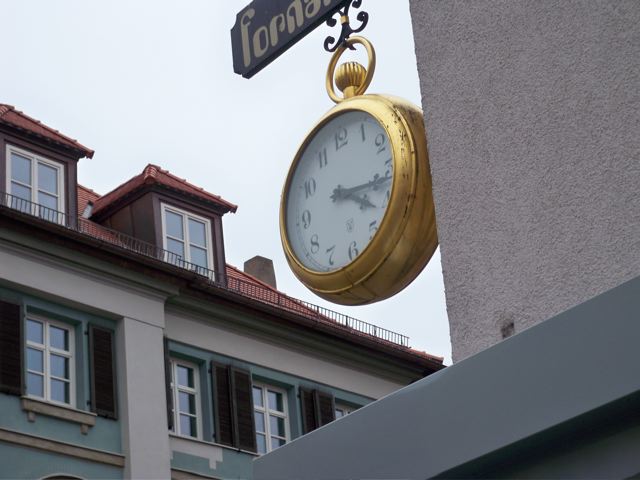
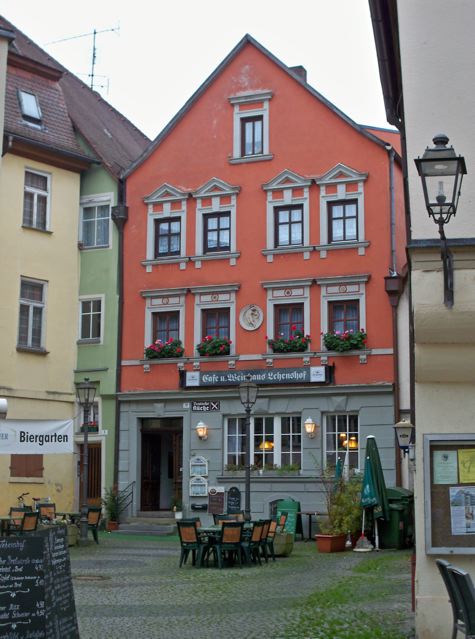
There is still a U.S. Army base in Ansbach, where they test helicopters. Ansbach is also the home of Rapunzel, more than just a health food store.

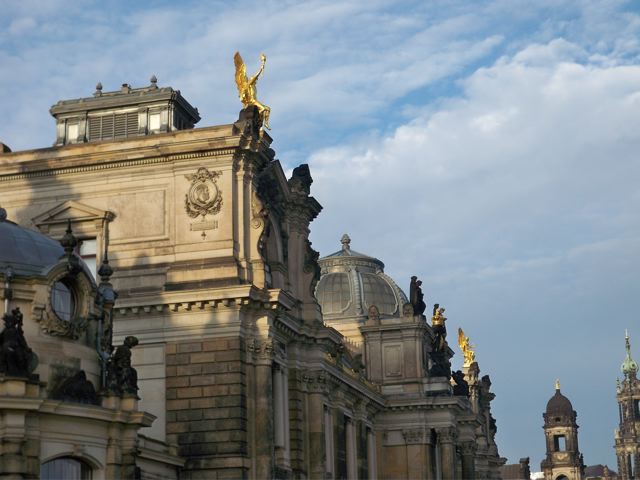
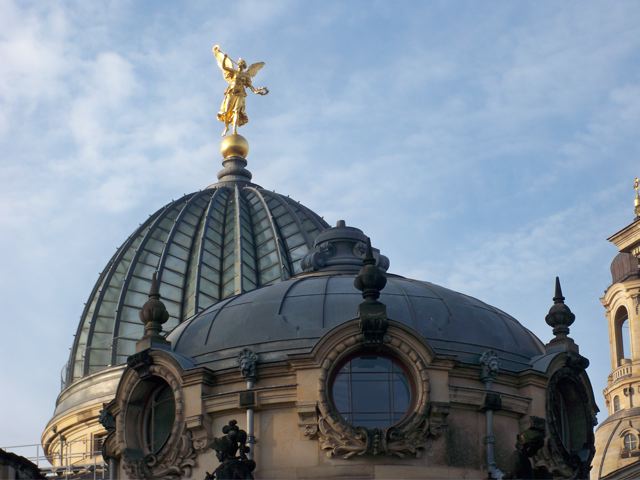
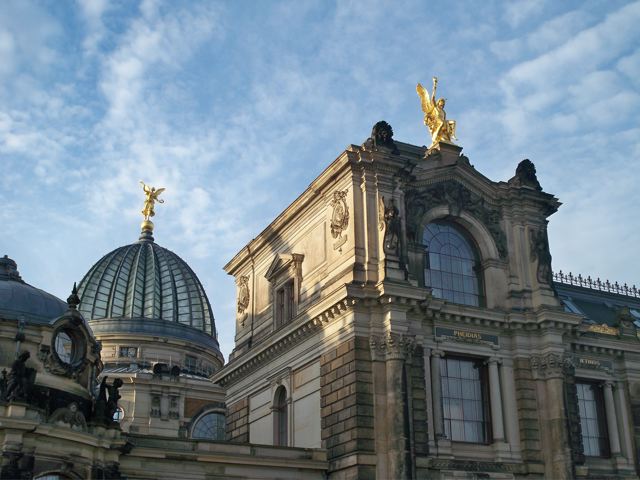
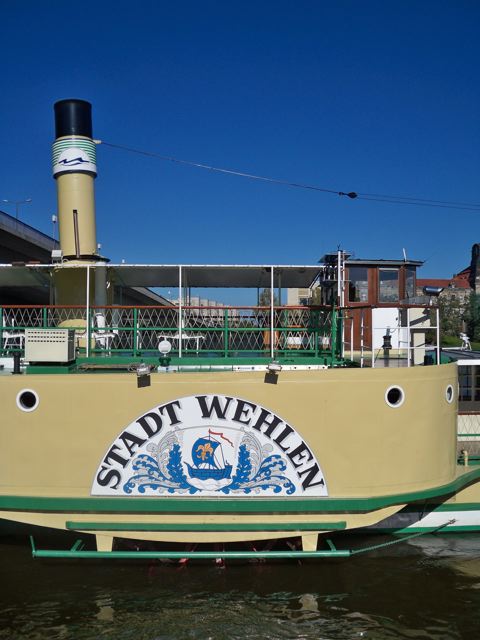
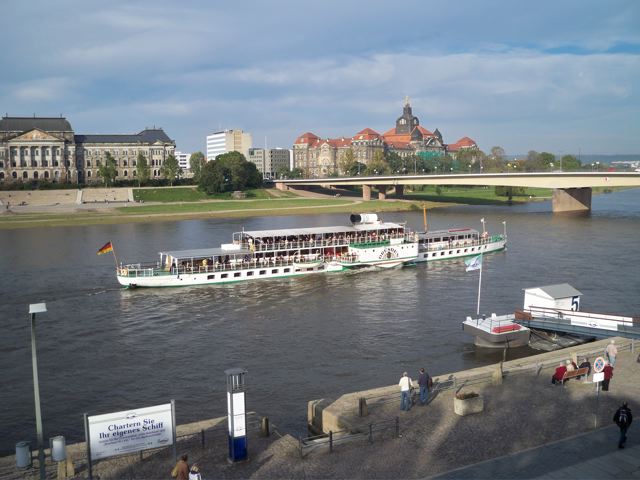
The Dresden waterfront, including marble buildings and historic paddlewheel steamboats. For info. on cruises, see saechsische-dampfschifffahrt.de.

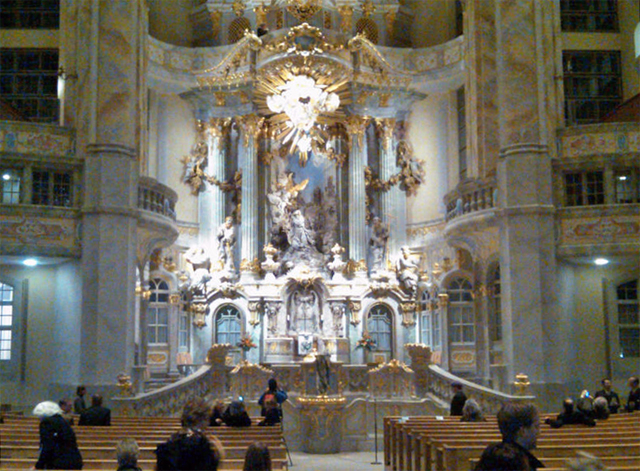
Seen above is the beautifully restored Frauenkirche. The building was destroyed in Allied bombing in 1945 and sat in rubble until after reunification. It was reopened in 2005. The interior photo is by Koleen Hamblin with permission. (All other photos by Nori.)
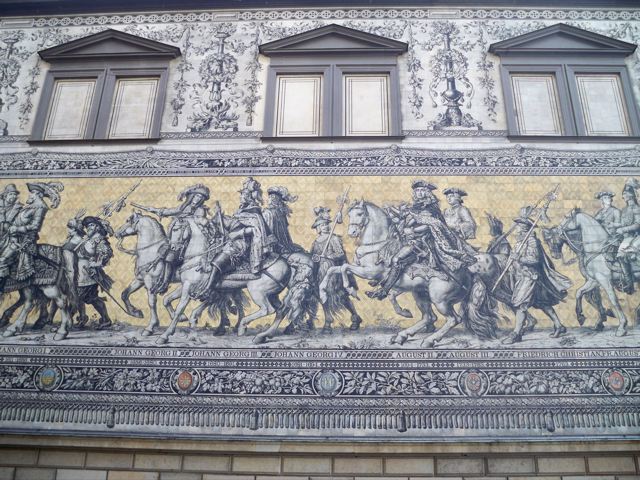
This mural shows all the Saxon kings.
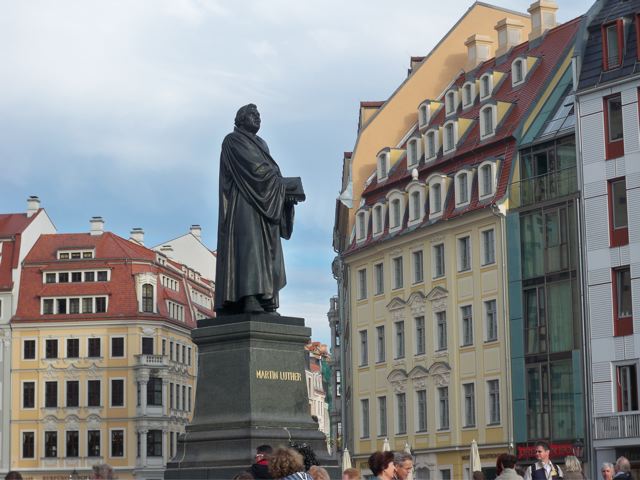
Martin Luther in the town plaza.

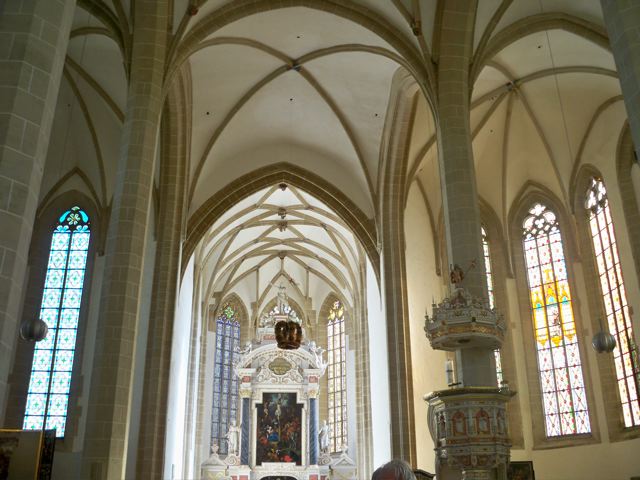
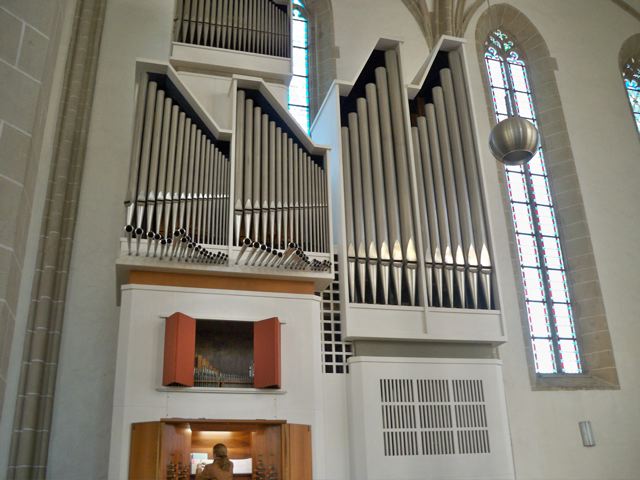
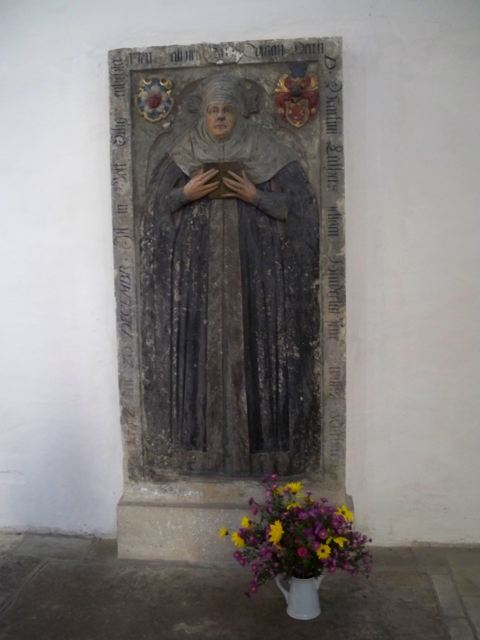
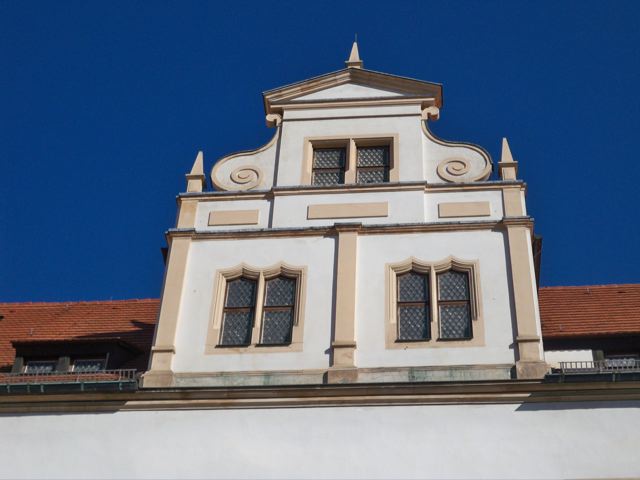
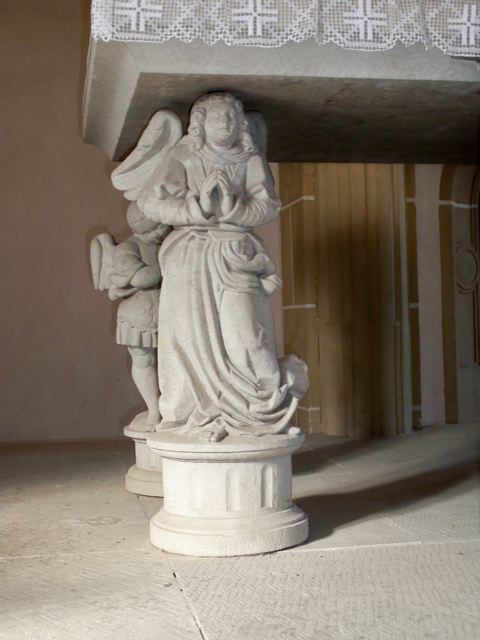
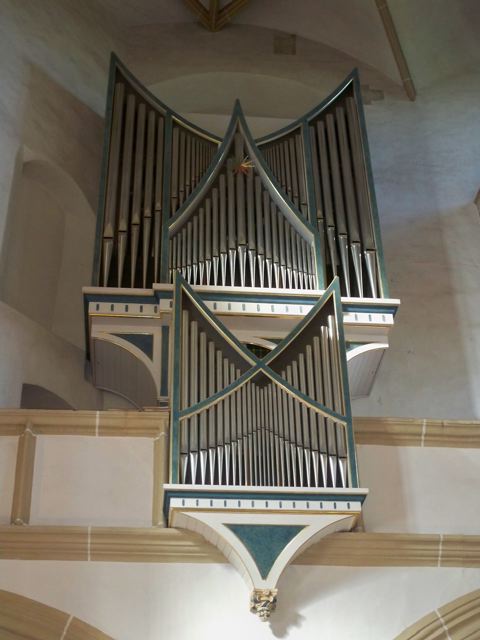
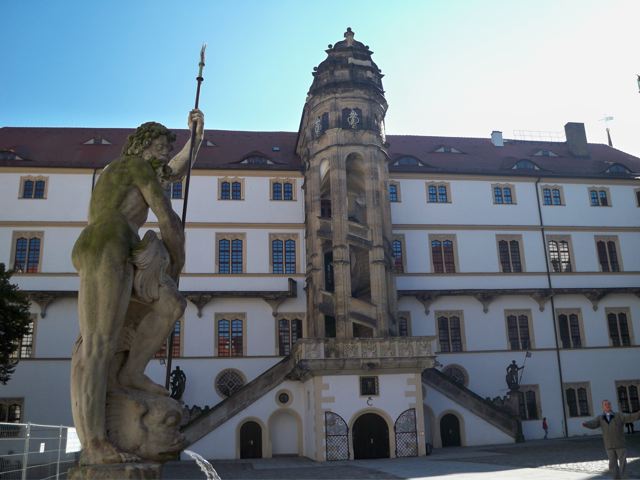
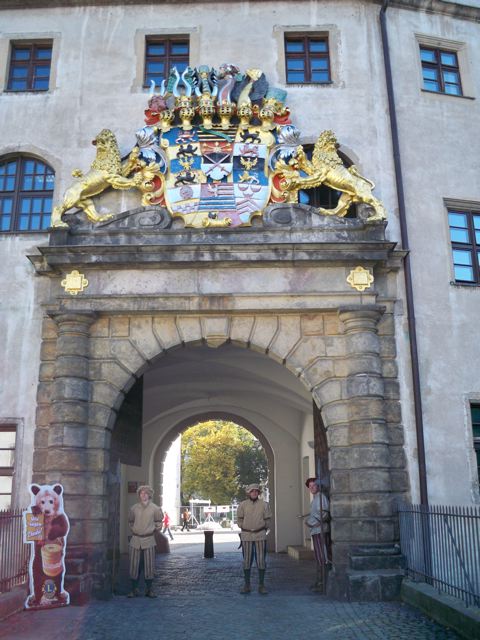
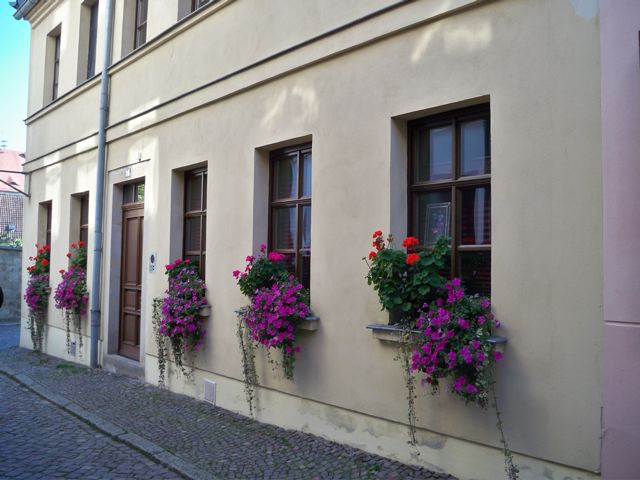
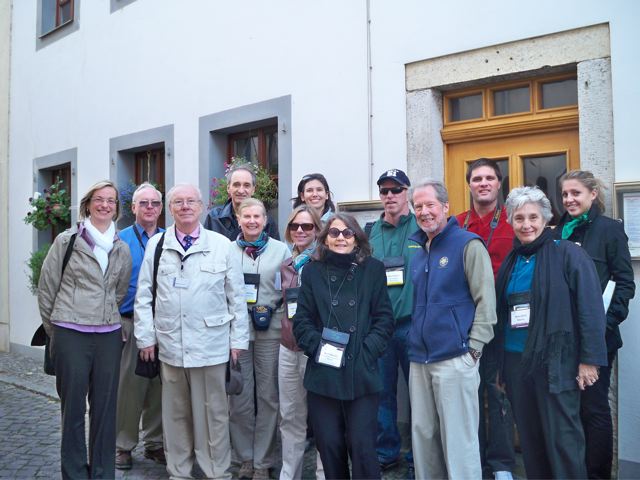
We saw Hartenfels Castle, which includes a chapel where Martin Luther preached, and a stunning circular staircase (seen above). The church pictured above is the spot where Luther's wife, Katharina, is buried. The photo above shows our group with our tour guides, just before eating a traditional lunch of stuffed crepes and German beer. One of our tour guides, seen at left with the white coat and tie, is Anja Bauermeister. He showed us all the Martin Luther sites and had personal stories to add about growing up in the turmoil of post-WWII Europe. He is the Manager of Tourism for Torgau. To find out more about Torgau, go to their official website, click here.

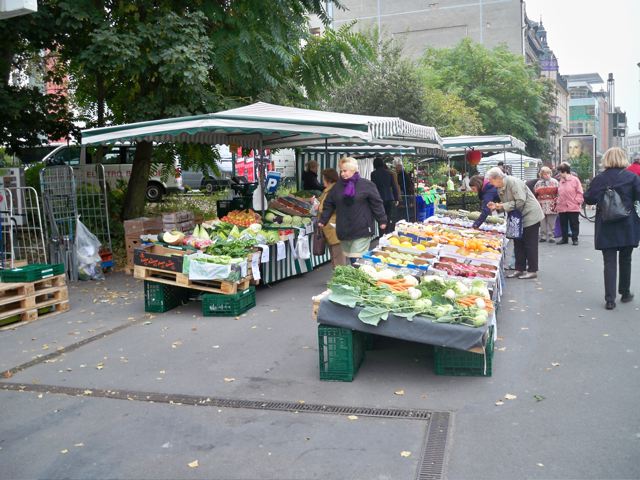
Leipzig has a great farmer's market. The city is located at the cross roads of ancient trade routes, so the city has always been the site of tremendous trade fairs. Even today, the inner city is a series of shopping corridors. In ancient times, the retail shops were on the ground floor and the trade shows were on the upper levels.
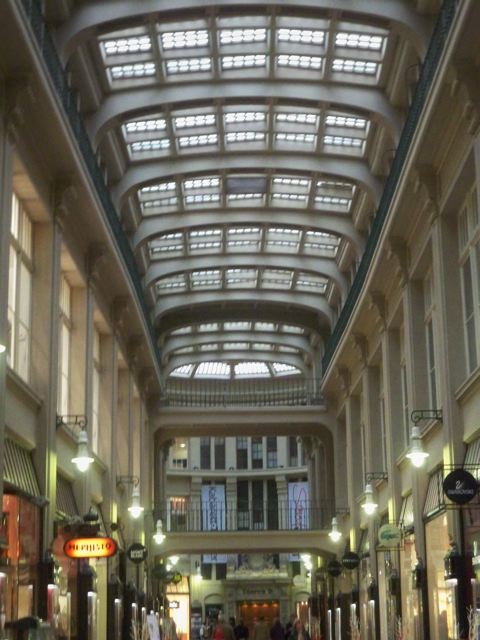
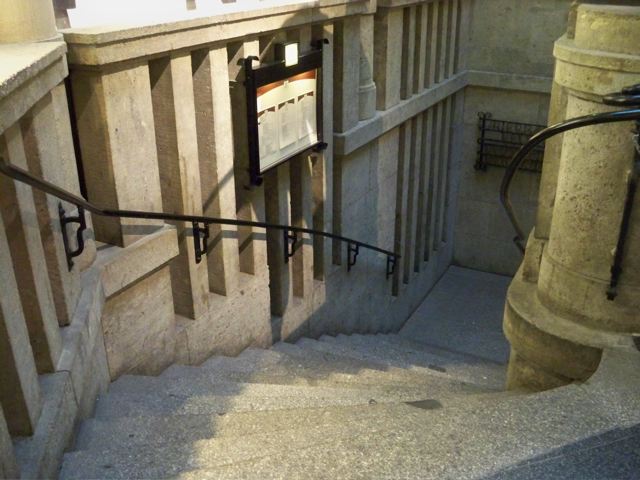
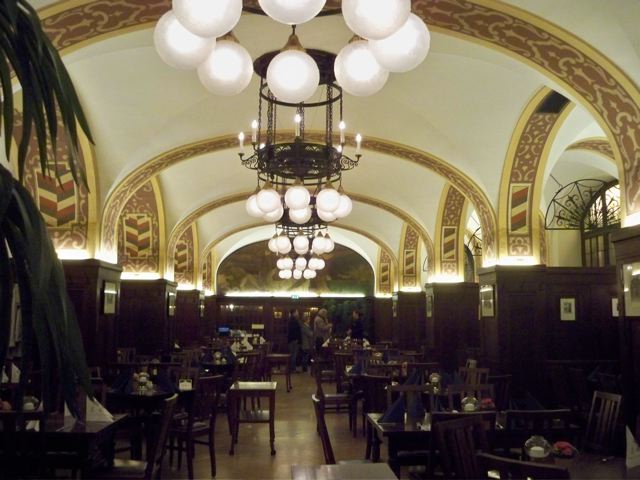
These photos show the historic Restaurant Auerbachs Keller, with history going back to the days of Martin Luther and Faust.
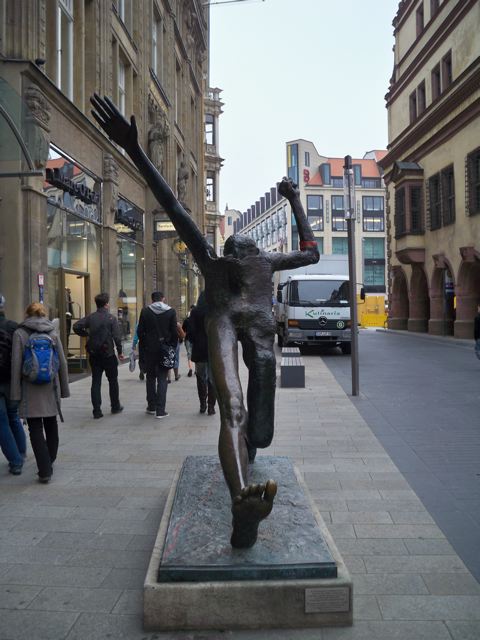
Leipzig has public art everywhere. This statute symbolizes the German coward who kept his head down, put up the salute to the Nazis and the fist to the Communists. Our tour guide told us that people from Leipzig were not cowards, because they started the Peaceful Revolution of 1989. On October 9, 1989, seventy thousand people gathered in the streets of Leipzig after peace prayers in St. Nicholas Church. The demonstrators remained peaceful, carrying candles and chanting "we are the people." The spirit of empowerment spread across eastern Germany and within weeks after the demonstration, the Berlin Wall came down. East and West Germany were reunited.
The photos below are from our tour of the Leipzig Zoo.
